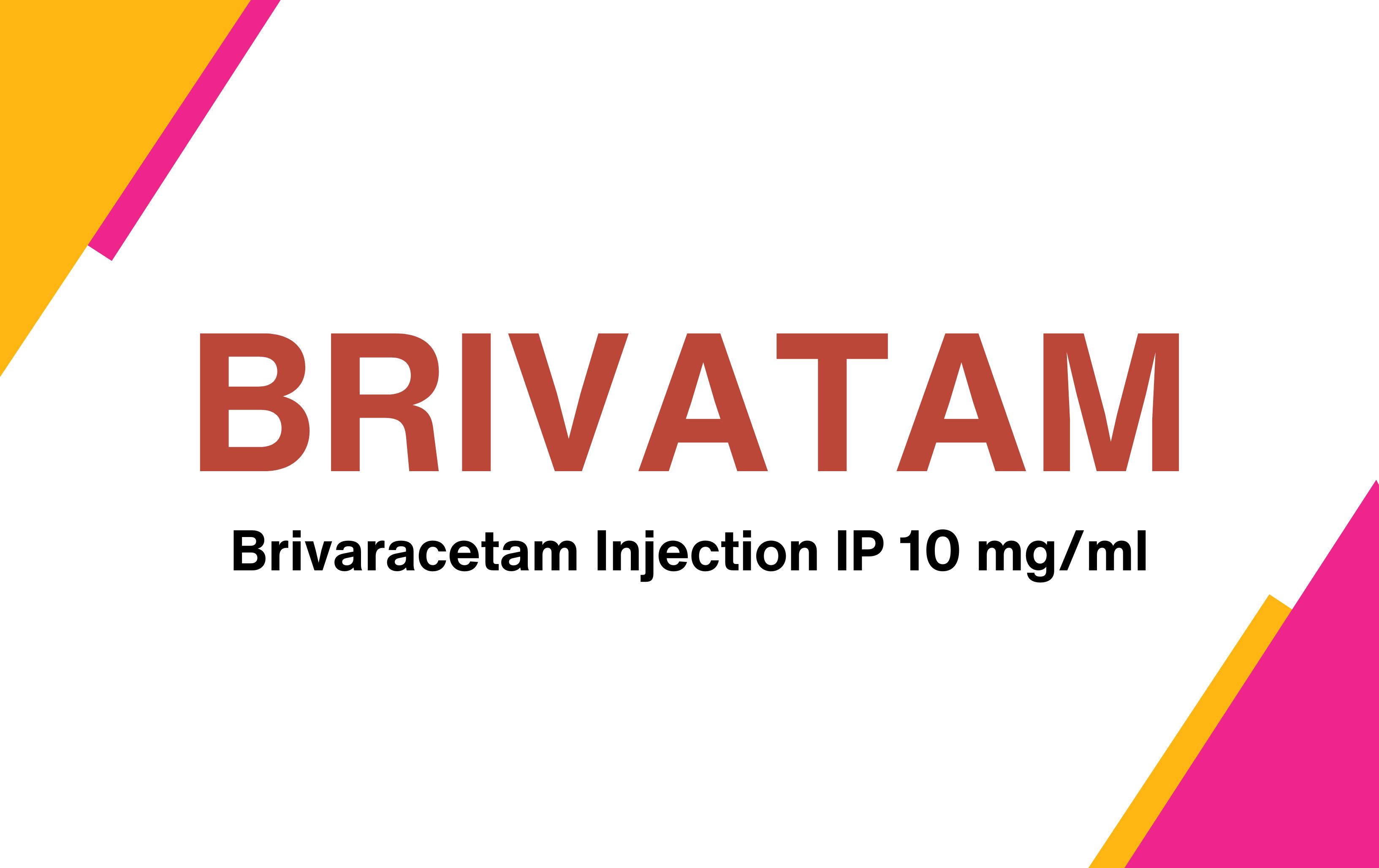Recent Search Keywords
- info@magnuspharma.com.np
- marketing@magnuspharma.com.np
- (+977) 01-5366878 / 4249929
BRIVATAM

BRIVATAM
BRIVATAM is indicated for the treatment of partial-onset seizures in patients 1 month of age and older.
Brivaracetam is a more potent SV2A modulator than levetiracetam. This means that it binds to the SV2A protein with more affinity, which may lead to a greater anticonvulsant effect. In clinical trials, brivaracetam was shown to be more effective than levetiracetam in reducing the frequency of partial-onset seizures and myoclonic seizures.
Brivaracetam exhibits linear pharmacokinetics over a wide dose range, is rapidly and completely absorbed after oral administration. Its elimination half-life is seven to eight hours and plasma protein binding of less than 20%. BRIVATAM is extensively metabolized (>90%), primarily via hydrolysis of the acetamide group, and secondarily through hydroxylation mediated by the liver enzyme CYP2C19
Adults (16 Years and Older): The recommended starting dosage for monotherapy or adjunctive therapy is 50 mg twice daily (100 mg per day). Based on individual patient tolerability and therapeutic response, the dosage may be adjusted down to 25 mg twice daily (50 mg per day) or up to 100 mg twice daily (200 mg per day). Pediatric Patients (1 Month to less than 16 Years): The recommended dosage is based on body weight and is administered orally twice daily.
BRIVATAM is available as alu-alu strip of 10*10s.

